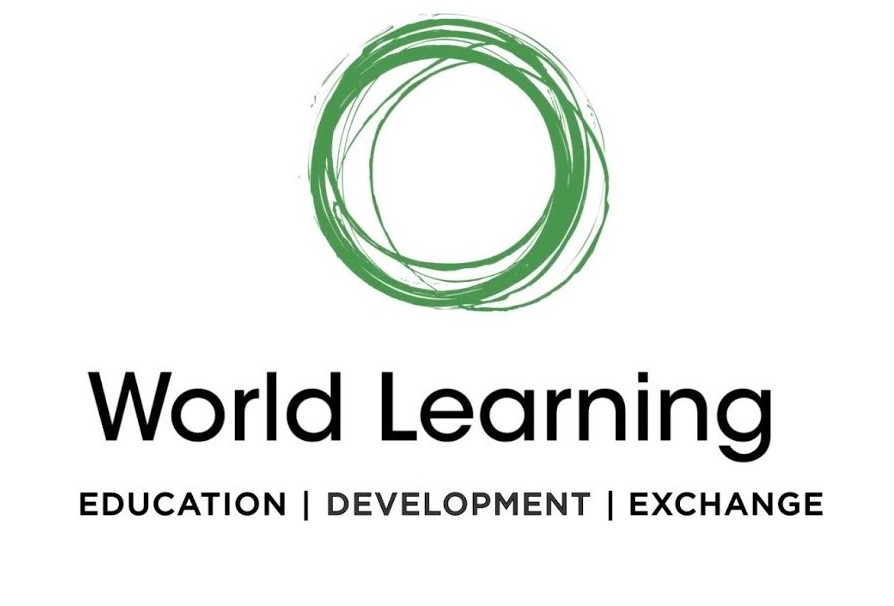


Global UGRAD 2024-2025
Deadline: December 16, 2023 at 9:44 AM NPT
What is plagiarism?
Simply put, plagiarism is using someone else’s words or ideas in your work and presenting them as your own. It can be as direct as word-for-word copying without giving due credit or it can be more indirect such as using someone else’s data, concepts or theories, again without proper citation. Plagiarism is regarded as one of the most severe academic or professional offences, and at least in U.S. educational institutions can result in serious consequences such as expulsion, loss of scholarships, and loss of trust and respect that others had for you.
How should I avoid plagiarism?
It is easy to avoid plagiarism. If you choose to use words, thoughts, ideas, data, etc. from a source, then correctly cite the source in your work. If you are using word-for-word text from another person’s work, then you need to put quotations around the text and provide proper source information. If you are paraphrasing, summarizing, or otherwise using someone else’ work, you would not put quotation marks unless it is word-for-word text, but you do still need to provide the source information. Providing source information in the form of a citation ensures that you are giving credit where it is due.
There are two common styles of citation, the APA style, and the MLA style. You can learn more about how to correctly cite sources in either style by using online resources such as the Cornell University Library website (see https://www.library.cornell.edu/research/citation).
Where can I learn more about plagiarism?
Here are two excellent online resources from which you can learn more about plagiarism:
- https://plagiarism.org/
- Purdue University’s Online Writing Lab: https://owl.english.purdue.edu/owl/resource/589/01/


